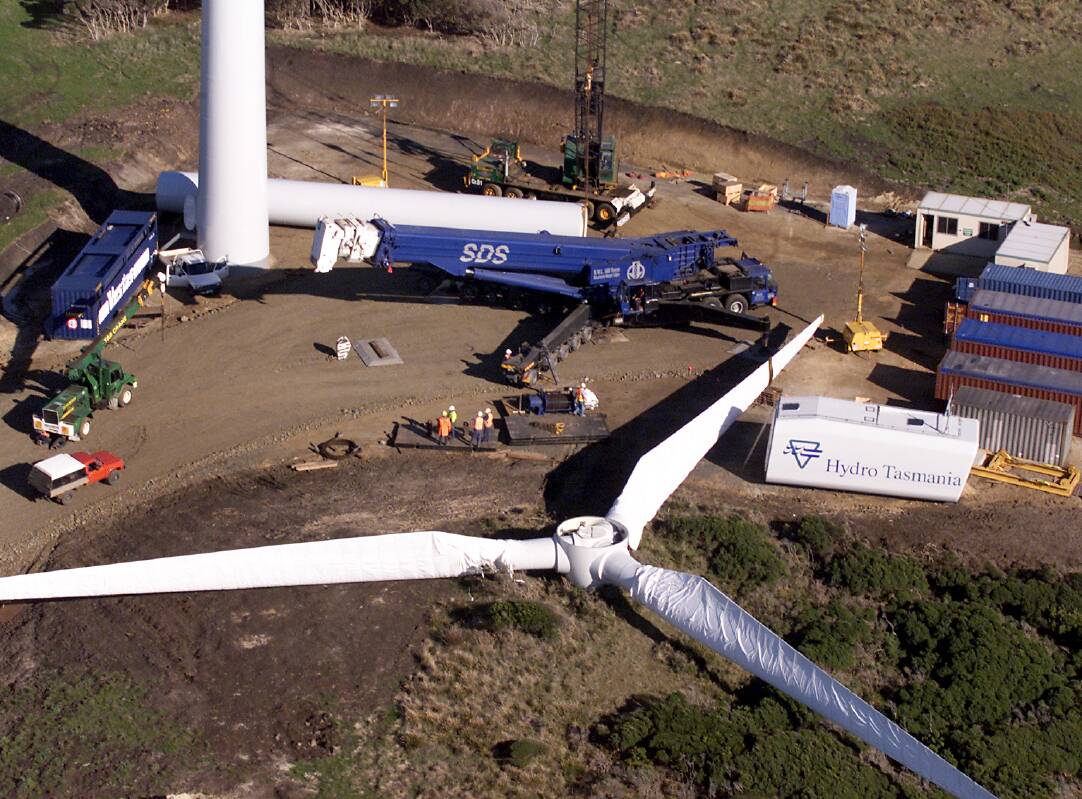Australia's energy regulator has stressed the need to bring more firmed renewable energy capacity online as quickly as possible in order to reduce the economic and environmental costs associated with keeping coal fired power stations operating..
It comes as the NSW Government holds talks with Origin Energy about the possibility of keeping Eraring Power Station open beyond its scheduled 2025 closure date.
Experts have highlighted that it may be necessary to use the 2,880 megawatt coal-fired generator to stabilise the energy grid because the roll-out of clean energy infrastructure is not occurring fast enough.
"Under any circumstances, replacing a plant like Eraring that provides around 20 per cent of NSW's delivered electricity would have been extremely challenging. With just three-and-a-half years notice, it is almost impossible without reliability and affordability impacts," Dr Cameron O'Reilly, who conducted a check-up of the state's electricity supply and reliability, said in his recent report to the state government.
In addition to Eraring, Callide B Power Station (Queensland - 2028), Yallourn W Power Station (Victoria - 2028) and Vales Point B (NSW - 2033) are also due to close in the next decade.

In its latest State of the energy market 2023 report, the AER said more firmed renewable capacity would be needed to ensure the transition occurred as smoothly as possible.
"To maintain reliability as coal exits accelerate, new generation will need to enter the National Energy Market at a faster rate than is currently taking place. However, there are barriers to this occurring," the report says.
Despite the relatively slow pace of the clean energy transition, the impact of renewable generation and household solar continues to grow.
Rooftop solar output accounted for 9 per cent of total generation in 2022, 15 per cent more than in 2021 and more than double that in 2018.
Rooftop solar output further reduced grid demand during the middle of the day across the NEM, with a new record for negative prices set for the fourth consecutive financial year.
AER Chairwoman Clare Savage said while 2023 has not seen the same volatility as the previous year, pressures remain in the energy system as it transitions to net zero emissions.
"Generally we have seen better market outcomes this year, aided by milder winter temperatures, improved generation availability and the impact of government interventions in coal and gas markets along with energy bill subsidies," she said.
"Work still remains to address energy affordability for consumers, coordinate the entry and exit of generation sources and ensure the timely and least-cost delivery of major transmission projects.
"These projects face challenges including escalating costs, slower than planned progress and the need to address the concerns of the communities that host them.
The report also shows the number of customers in energy debt has been rising across most jurisdictions since mid-2022.
"To address this we are delivering the actions identified in our vulnerability strategy, Towards energy equity, including implementing our Better Bills Guideline, new protections to support consumers impacted by family violence, and enhancing consumers' experience with the Energy Made Easy comparator website," Ms Savage said.







